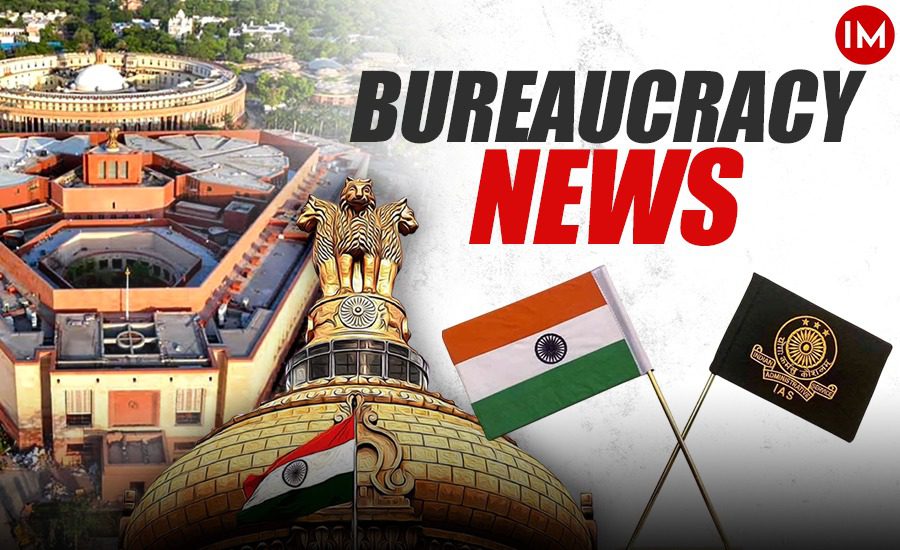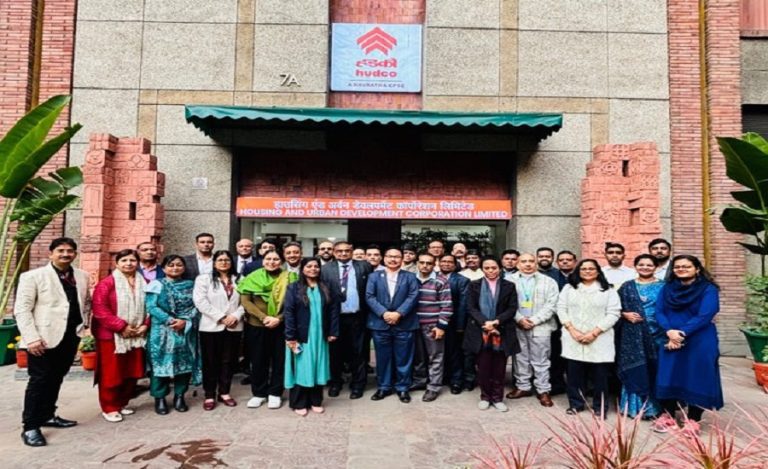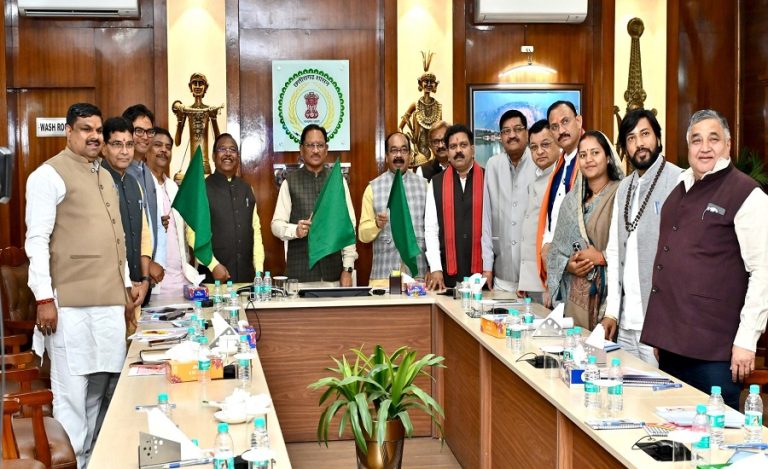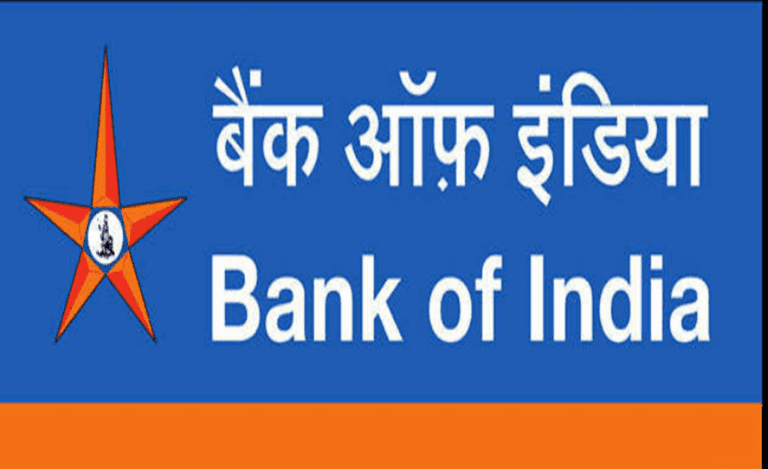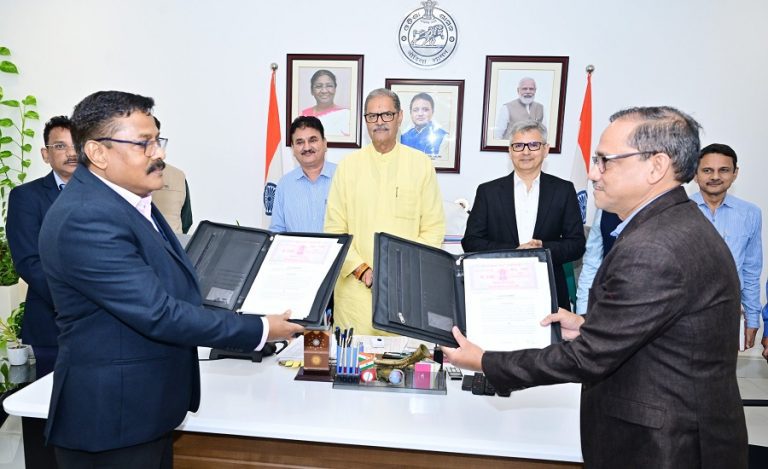New Delhi: In a development that underscores the scale and coordination of India’s governance machinery, October 2025 has witnessed one of the most extensive and simultaneous bureaucratic reshuffles in recent memory. From the corridors of state secretariats to the central ministries, hundreds of senior officials have been reassigned, reflecting a broad administrative recalibration ahead of crucial policy and political milestones.
Uttar Pradesh: 46 IAS Officers Transferred, Including 10 District Magistrates
The Government of Uttar Pradesh initiated a major administrative shake-up involving 46 IAS officers, including 10 District Magistrates, three Divisional Commissioners, and seven Chief Development Officers (CDOs).
This reshuffle is seen as a move to streamline field-level administration, infuse new leadership in key districts, and align development priorities with the state’s long-term governance agenda.
West Bengal: 527 Bureaucrats Reassigned in Historic Single-Day Exercise
In West Bengal, the magnitude of administrative movement was unprecedented. The state government transferred 527 officers, comprising 67 IAS and 460 WBCS officers, marking what could be the largest single-day reshuffle in the state’s administrative history.
The reshuffle included 17 District Magistrates, effectively altering the administrative leadership across all 23 districts. Analysts view the move as part of a larger effort to enhance efficiency, accountability, and responsiveness within the state bureaucracy.
Rajasthan: Police Restructuring Signals Strategic Security Focus
The Rajasthan government carried out a significant reshuffle within its police department, transferring 34 IPS officers.
A notable highlight was the creation of a new Director General (DG)-level position dedicated to the Special Operations Group (SOG) and Anti-Terrorism Squad (ATS). The move underscores the state’s renewed emphasis on strengthening counter-terror and internal security mechanisms.
Delhi: First Major Post-Legislative Reorganization Since GNCTD (Amendment) Act, 2023
In the National Capital Territory of Delhi, a reshuffle involving 23 IAS officers followed the enactment of the GNCTD (Amendment) Act, 2023, which redefined administrative control between the elected government and the Centre.
The reorganization impacted key portfolios, including Finance, Vigilance, Social Welfare, and Information Technology, indicating a structural redistribution of responsibilities under the new governance framework.
Central Government: 38 Officers Empanelled for Joint Secretary-Equivalent Roles
At the national level, the Appointments Committee of the Cabinet (ACC) approved the empanelment of 38 officers from diverse services — including the Indian Revenue Service (IRS), Indian Foreign Service (IFS), Indian Ordnance Factories Service (IOFS), Indian Telecom Service (ITS), and Indian Civil Accounts Service (ICOAS) — for Joint Secretary-equivalent positions.
This move expands the pool of senior officers eligible for key policy-making and implementation roles across central ministries, reflecting a broader effort to build cross-sectoral leadership capacity.
Coordinated Administrative Strategy Ahead of 2026 Political Cycle
Observers note that the near-simultaneous reshuffles across states and the Centre may not be coincidental. The large-scale reassignments are being interpreted as strategic positioning of trusted officers in critical governance and law enforcement roles — a preparatory step for upcoming electoral cycles in 2026, implementation of governance reforms, and alignment of administrative machinery with evolving political priorities.

